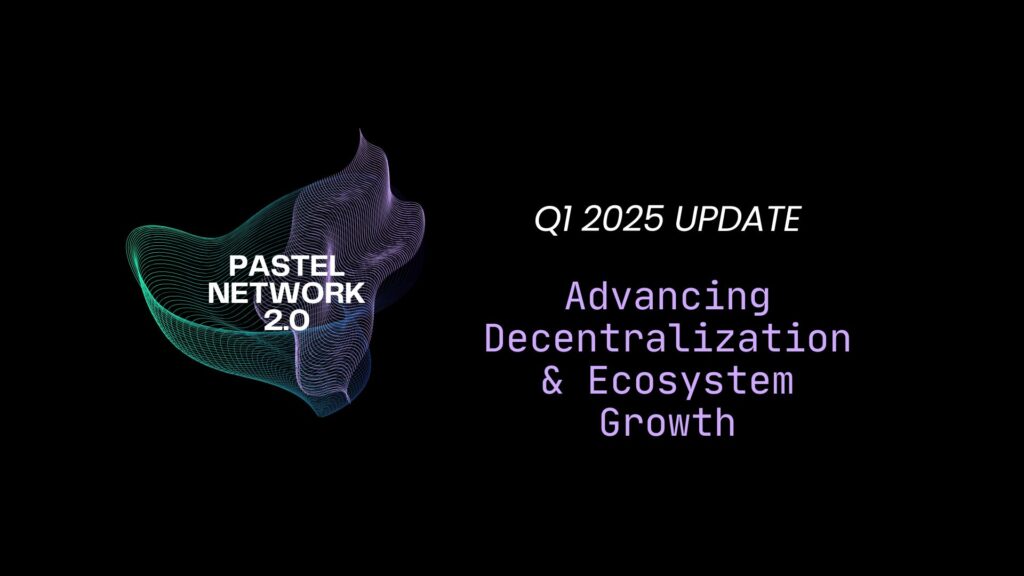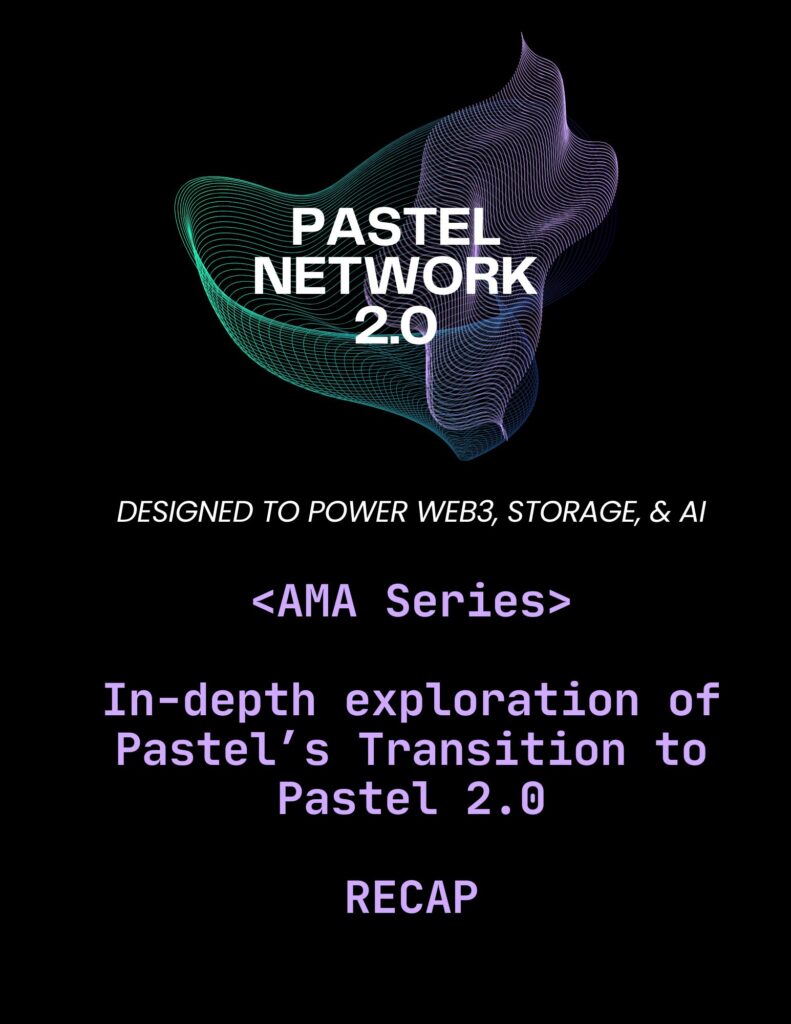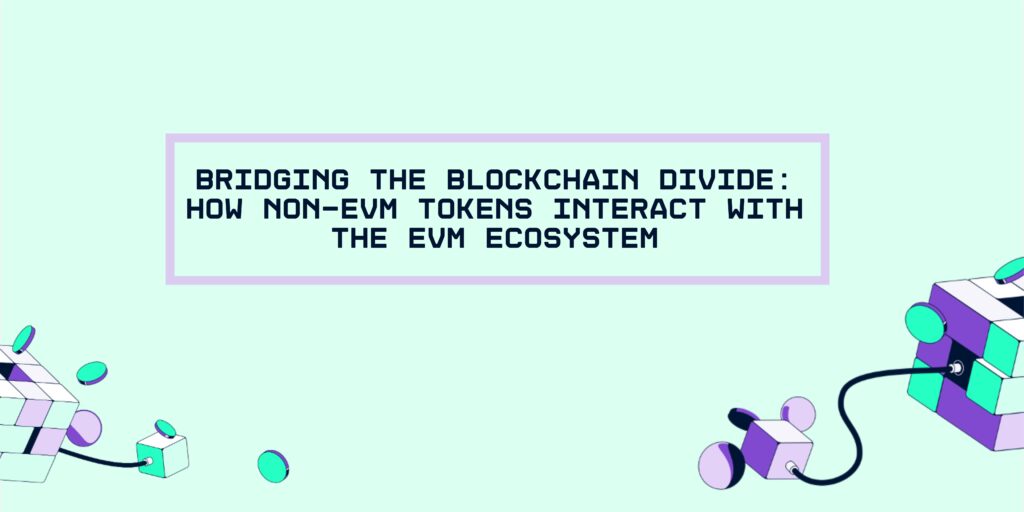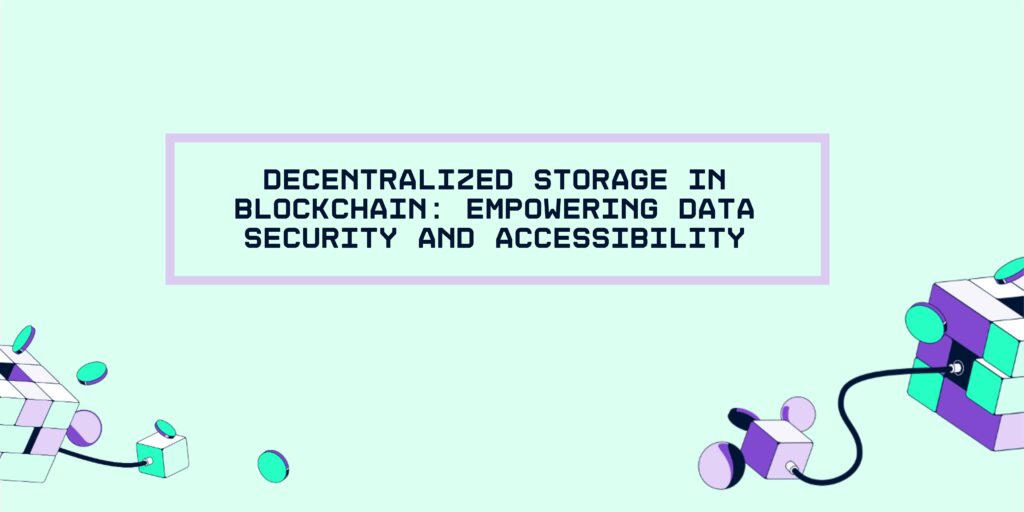The Interchain vision — an internet of sovereign blockchains connected through a shared protocol — has enabled a new era of scalability, modularity, and interoperability across Web3.
At Lumera Protocol, we’re proud to build toward that future by leveraging the modular Cosmos SDK and the CometBFT consensus engine to deliver a new class of verifiable on-chain services.
As a new Layer 1 network built with the interchain in mind, Lumera Protocol introduces powerful infrastructure that makes advanced AI, decentralized storage, and content authentication available to any application across the ecosystem.
Built on Interchain Infrastructure
Our journey began with a simple question: how can decentralized infrastructure support provable, trust-minimized services that extend beyond finance — into computation, data, and intelligence?
Using the open-source Cosmos SDK and CometBFT, Lumera was designed as a sovereign chain to act as a gateway to decentralized AI tooling, permanent storage, and asset verification. These tools gave us the flexibility to build chain-native service modules while maintaining seamless interoperability with IBC-enabled networks.
Designed for Modularity and Interoperability
Lumera Protocol is built with the Cosmos SDK’s modular framework and secured by CometBFT consensus — allowing us to tailor the chain’s logic while ensuring composability across the broader interchain.
This foundation enables Lumera to introduce specialized service modules accessible via open APIs. Designed to be chain-agnostic, these services integrate with other sovereign networks, enhancing utility across the interchain ecosystem.
Introducing Verifiable Services to the Interchain
Lumera is not a general-purpose smart contract chain. Instead, it’s a purpose-built Layer 1 designed to deliver three core service modules:
Inference — A decentralized AI and LLM protocol that allows applications to query models like Groq, OpenAI, or Mythral — while also enabling researchers to host and serve custom models.
Cascade — A decentralized permanent storage module that uses self-healing logic to ensure data redundancy, permanence, and integrity.
Sense — An AI-powered authentication protocol originally developed for NFTs, now expanded to detect duplicated or manipulated content across media types.
Each module is powered by a decentralized network of SuperNodes that deliver proof-of-service — enabling dApps and developers to rely on verifiable infrastructure without sacrificing performance or trust.
Strengthening the Interchain Ecosystem
By introducing these services, Lumera is extending the capabilities of the interchain. Rather than building yet another chain, we’re expanding the definition of decentralized infrastructure — unlocking use cases in AI, storage, and digital provenance.
Any IBC-enabled chain can integrate Lumera’s services to enhance functionality — whether it’s a gaming chain needing authenticated assets, a DePIN project requiring permanent storage, or an oracle protocol using LLM inference.
And because Lumera’s modules are underpinned by decentralized economics, the wider interchain community can stake, operate, and benefit from these services directly.
What’s Next for Lumera
As we approach mainnet, our next steps include completing IBC integrations, launching staking mechanisms, and opening the ecosystem to developers and builders across the interchain. We’re also collaborating with ecosystem partners to onboard applications that will leverage Lumera’s service modules — transforming abstract infrastructure into real-world utility.
The future of Web3 lies in sovereign chains that can do more — not just settle transactions, but also compute, authenticate, and store with verifiability. Lumera is proud to help realize that future, one service module at a time.







